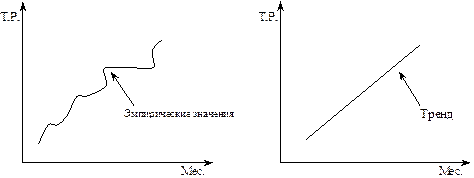Television
There are four television channels in Britain. The British Broadcasting Corporation has two channels: BBC1 and BBC2. Independent Television has two channels: ITV and Channel 4. ITV has a regional network and each region is run by a different company, so some TV programmes may differ from region to region. British television’s first channel was run by the BBC, financed by an annual charge on viewers and without advertising. In 1963 a second, wholly commercial channel was allowed to start up, and by 1982 there were four channels, two BBC and two commercial, with the new commercial Channel 4 giving some time to minority interests, and with a Welsh language channel covering Wales. With the start of two early morning news and comment programmes in 1983, television was running for 16 to 18 hours each day, and received by 97 per cent of all households. BBC Television’s first channel resembles the fourth radio programme. Except for the short period when it splits into regions, it broadcasts the same news, comment, plays, sports reports, etc., nationwide – though many of its nationwide items are produced by one or another of the regions. The second channel sometimes caters for minority tastes, including occasionally a complete opera. It broadcasts Open University courses outside popular viewing hours. Commercial television is financed by advertising. Advertisers’ material appears for one or two minutes at quarter-hour intervals, either between programme-items or in so-called “natural breaks”. The advertisers do not sponsor the programmes or have any direct influence on their content. However, the charge for each half-minute of time is high, and varies according to the likely number of viewers. The programme companies’ financial success depends on their ability to attract viewers, and the programmes themselves inevitably reflect public tastes. Programmes on ITV are generally light in character. The News at ten is amongst the most widely watched programmes on British TV. Channel 4 generally caters for minority groups in the community reflecting the cultural mix of British society: it is also good for jazz and rock and serious discussion programmes. The BBC in its turn does not like to be humiliated by loss of viewers to independent television, so it has to compete on the same level. The fears expressed by serious journalists, educators, etc. about the introduction of a commercial element have been only partly realised. One effect of competition is that at one time the viewer can choose between BBC’s western film and the ITV’s western film, at another time between two rival commentators on the same sporting event. All four channels produce a good mixture of miscellaneous entertainment, music, drama and serious discussion. All succeed in presenting news efficiently, interestingly and without bias. Soap operas (long-running popular serials) such as “Eastenders” (life in cockney London) and “Dynasty” and “Dallas” always head the ratings lists. Comedies and sport usually come second along with the News at Ten. There are numerous discussion programmes allowing the clash of opposing points of view. One common complaint is of triviality. Because the public can so easily be bored, programmes of political argument and discussion rarely allow anyone to develop any theme in depth. Programmes for schools are used extensively by teachers, and other programmes have a clearly educational purpose. All broadcasting observes riding rules about impartiality. The two major parties have equal time for their own broadcasts. All political discussions balance the opposing views against one another.
|




